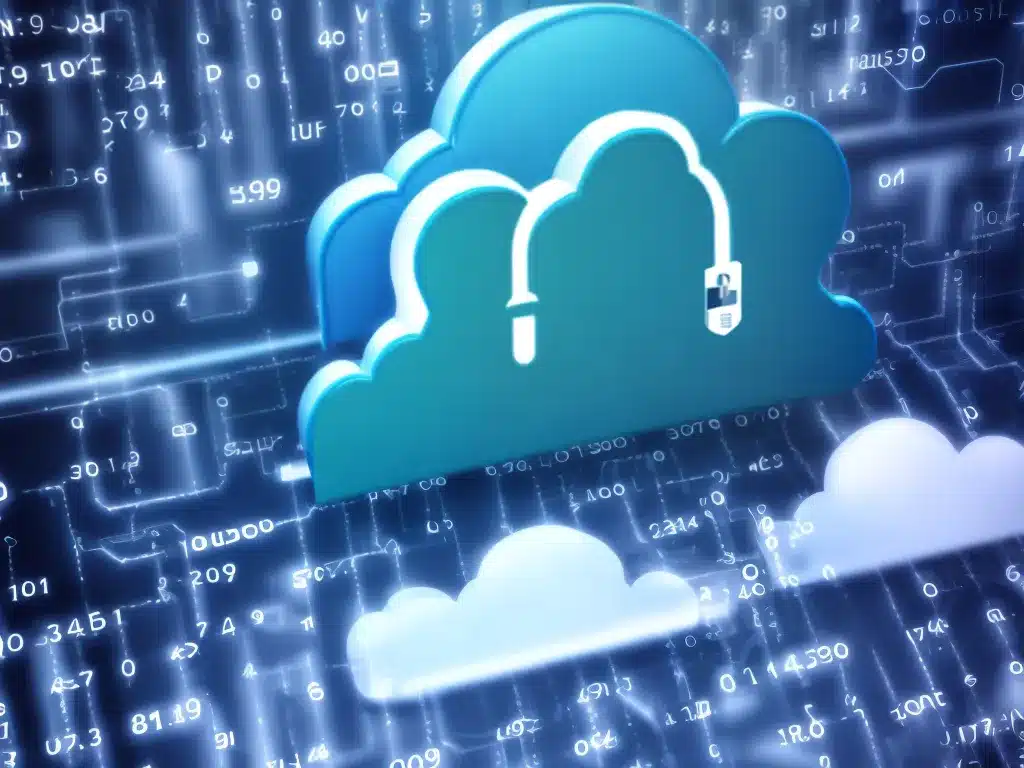
Introduction
As more companies move to the cloud, cloud security has never been more important. With sensitive data now residing outside the firewall on shared infrastructure, organizations must take steps to ensure their data remains secure. In this article, I will provide an overview of cloud security best practices to help keep your data safe in the cloud.
The Benefits and Risks of Cloud Computing
Migrating to the cloud provides many benefits, including scalability, cost savings, and flexibility. However, it also comes with unique security risks, including:
-
Shared infrastructure: Cloud providers use shared infrastructure to deliver services to multiple customers. This creates the risk of unauthorized data sharing.
-
Data loss/leakage: Accidental data deletion or exposure of data to unauthorized parties can occur due to configuration errors, bugs, or malicious activities.
-
Account hijacking: Attackers may attempt to gain unauthorized access to your cloud accounts to view or alter data.
-
Insufficient due diligence: Failure to assess a provider’s security measures can leave organizations open to risks.
Best Practices for Securing Cloud Data
Fortunately, with proper precautions, the risks of cloud computing can be minimized. Here are some best practices I recommend for securing your data in the cloud:
Enable Strong Authentication
Require strong passwords and multi-factor authentication (MFA) for all cloud accounts and services. MFA adds an extra layer of security by requiring users to confirm their identity using an additional factor such as a security token or biometrics.
Use Encryption Extensively
Encrypt data at rest and in transit using industry standard protocols like SSL/TLS, HTTPS, and AES-256. This helps ensure data cannot be read if intercepted.
Restrict Access and Privileges
Use role-based access controls and “least privilege” policies so users only have access to data they absolutely need. Monitor access and activity logs for suspicious behavior.
Enable Data Loss Prevention
Use data loss prevention tools offered by your cloud provider to detect and block unauthorized data sharing or transfers.
Maintain Vigilance
Regularly review cloud configurations and settings to ensure optimal security. Keep systems patched, update software frequently, and respond quickly to security notices.
Back Up Data
Maintain backups of cloud data in a separate location in case of data corruption or accidental deletion. Test backups regularly for integrity.
Vet Cloud Providers Thoroughly
Review a provider’s security track record, policies, certifications, transparency reports, and features before signing on. Request security audits/reports as applicable.
The Shared Responsibility Model
It’s important to understand that security in the cloud is a shared responsibility between the customer and cloud provider. While providers handle physical infrastructure/network security, customers must securely configure cloud services and control access.
The table below summarizes the division of responsibility:
| Security Responsibility | Cloud Provider | Cloud Customer |
|-|-|-|
| Physical Infrastructure Security | X | |
| Virtual Infrastructure & Network Security | X | |
| Operating System & Network Configuration | | X |
| Data Security | | X |
| Identity & Access Management | | X |
| Application Security | | X |
Conclusion
While the cloud introduces new security challenges, the risks can be minimized through vigilance, strong access controls, encryption, backups, and diligent oversight of providers. By making cloud security a priority, organizations can harness the cloud’s benefits while keeping their data safe.
Key Takeaways
- Use strong authentication and limit access to prevent account hijacking
- Encrypt data to prevent unauthorized access
- Closely monitor activity and system configurations
- Maintain backups in a separate location
- Carefully vet providers and their security measures
- Customers and providers share responsibility for cloud security












